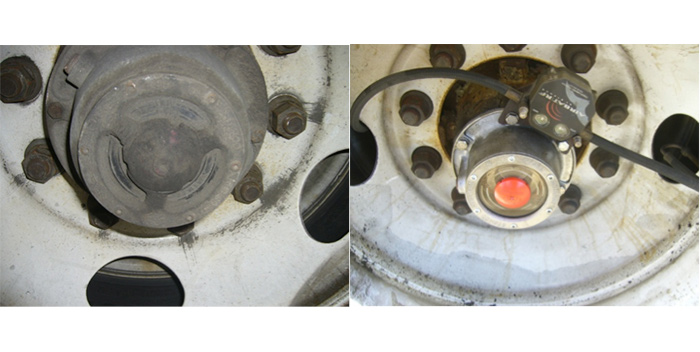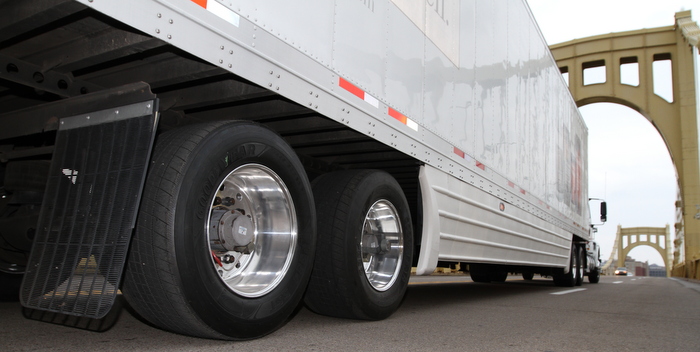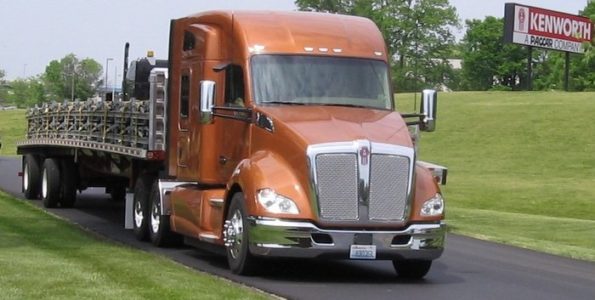U.S. trucks may look different from the vehicles that operate in other parts of the world, but underneath there are many similarities, and they are increasing. The vehicles in our industry are part of an ever-expanding global market. Every truck maker in this country has a presence in the world market and shares successful vehicle technologies across its product lines and markets.
Take Daimler, for instance: It develops and produces vehicles in a global network under the brands Mercedes-Benz, Freightliner, Western Star and Fuso. The division’s 28 production facilities are in the NAFTA region (11 in the U.S. and three in Mexico), Asia (five), Europe (seven), South America (one) and Africa (one). In Brazil, Daimler Trucks will expand its production network in 2012 with the addition of a plant in Juiz de Fora, where heavy-duty Mercedes-Benz Actros trucks, as well as medium-duty Mercedes-Benz Accelo trucks, will be produced for Latin American markets.
While the Volvo Group built its first truck in Sweden in 1928, the truck maker entered the North American truck market in 1959. However, it was not until the mid-1970s that Volvo was established as a permanent part of the U.S. truck market, through Volvo of America Corp. Today, the Volvo Group, which includes Renault and Mack Trucks, points out that it employs about 90,000 people globally, has production facilities in 19 countries and sells its products in more than 180 markets.
PACCAR manufactures and supports light-, medium- and heavy-duty trucks under the Kenworth, Peterbilt and DAF (in Europe) nameplates. PACCAR also designs and manufactures advanced diesel engines for the U.S. and Europe and provides financial services, information technology and distributes truck parts related to its principal business.
According to International, by the turn of the last century, its influence as International Harvester stretched around the world. While the past few decades found them focused on North America, locations around the globe once again power Navistar’s business. Today, its products, parts and services are sold throughout a network of nearly 1,000 dealer outlets in the U.S., Canada, Brazil and Mexico, and more than 60 dealers in 90 countries throughout the world. With facilities on six continents—including North America, South America, Europe, Africa, Asia and Australia—the company says it has the power to provide the most strategic and innovative technology solutions to customers, no matter where they are.
In addition, Cummins Engine Co. has a global presence. According to the engine maker, it is a corporation of complementary business units that design, manufacture, distribute and service engines and related technologies, including fuel systems, controls, air handling, filtration, emission solutions and electrical power generation systems in approximately 190 countries and territories through a network of more than 500 company-owned and independent distributor locations and approximately 5,200 dealer locations.
This global exchange of vehicle technology ultimately benefits all fleets with systems that provide greater efficiencies, better fuel economy and lower maintenance and ownership costs.









